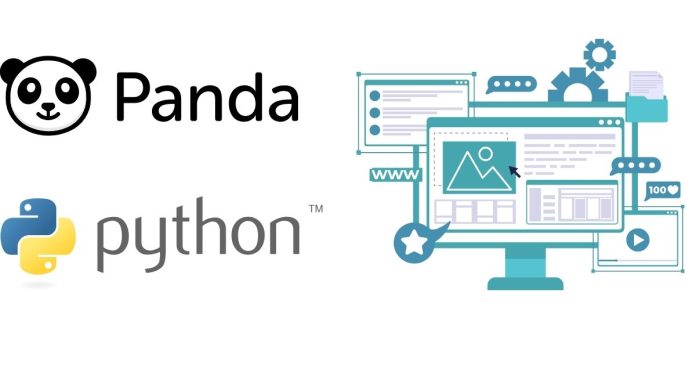Pandas is a powerful, open-source library in Python used for data manipulation and analysis. Built on top of the NumPy library, Pandas makes working with structured data effortless and intuitive. Whether you’re a beginner in data science or an experienced analyst, Pandas is a must-have tool for handling data efficiently.
In this tutorial, we’ll introduce you to Pandas, its key features, and how to perform basic operations with it.
What is Pandas?
Pandas is a Python library designed for data manipulation and analysis. It provides two primary data structures:
- Series: A one-dimensional labeled array capable of holding any data type.
- DataFrame: A two-dimensional labeled data structure, similar to a spreadsheet or SQL table.
Pandas simplifies data manipulation tasks such as reading, cleaning, transforming, and visualizing data.
Installing Pandas
To install Pandas, use the following command:
pip install pandas
Once installed, you can import it into your project:
import pandas as pd
Key Features of Pandas
- Data Handling: Easily import and export data from CSV, Excel, SQL, and other file formats.
- Data Cleaning: Handle missing values, duplicate data, and data transformations with ease.
- Data Analysis: Perform filtering, grouping, and statistical operations.
- Visualization: Combine Pandas with libraries like Matplotlib for data visualization.
Basic Operations in Pandas
1. Creating Data Structures
Series:
import pandas as pd
data = [10, 20, 30, 40]
series = pd.Series(data)
print(series)
DataFrame:
data = {
'Name': ['Alice', 'Bob', 'Charlie'],
'Age': [25, 30, 35],
'City': ['New York', 'Los Angeles', 'Chicago']
}
df = pd.DataFrame(data)
print(df)
2. Reading Data
Pandas supports reading data from various file formats:
# Read from CSV
df = pd.read_csv('data.csv')
# Read from Excel
df = pd.read_excel('data.xlsx')
# Read from SQL
df = pd.read_sql(query, connection)
3. Viewing Data
Use these methods to inspect your data:
print(df.head()) # First 5 rows
print(df.tail()) # Last 5 rows
print(df.info()) # Summary of the DataFrame
print(df.describe()) # Statistical summary
4. Data Selection and Filtering
Select specific columns:
print(df['Name'])
Filter rows based on conditions:
filtered_df = df[df['Age'] > 30]
print(filtered_df)
5. Handling Missing Values
Fill missing values:
df.fillna(value=0, inplace=True)
Drop rows with missing values:
df.dropna(inplace=True)
6. Grouping and Aggregation
Group data and calculate aggregate values:
grouped = df.groupby('City')['Age'].mean()
print(grouped)
7. Merging and Joining
Combine multiple DataFrames:
merged_df = pd.merge(df1, df2, on='Key')
Why Use Pandas?
- Simplifies data manipulation and analysis.
- Supports large datasets and integrates seamlessly with NumPy, Matplotlib, and other libraries.
- Extensive functionality for both basic and advanced tasks.
Conclusion
Pandas is an indispensable tool for anyone working with data in Python. With its user-friendly interface and powerful features, it makes handling data simple and efficient. Start practicing with real-world datasets to unlock its full potential!
By mastering Pandas, you’ll take a significant step forward in your data analysis journey. Happy coding!


